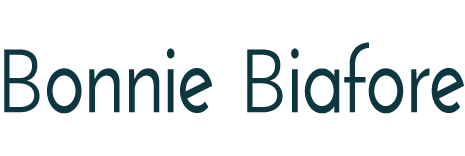As Agile as Possible: Advanced Techniques for Agile Project Success
 Agility goes beyond the basic principles of Scrum and Kanban. To excel with Agile, teams must adopt behaviors and techniques that enhance flexibility, collaboration, and responsiveness. Here are strategies to improve the success of Agile projects:
Agility goes beyond the basic principles of Scrum and Kanban. To excel with Agile, teams must adopt behaviors and techniques that enhance flexibility, collaboration, and responsiveness. Here are strategies to improve the success of Agile projects:
- Allow extra time for learning. Resist the temptation to rush to the next sprint. Give your agile team some time to learn from each iteration and adapt. Support team members’ ability to regularly review their processes and outcomes, identify areas for improvement, and implement changes. Doing so provides benefits like increased efficiency, innovation, and creativity.
- Expand stakeholder feedback processes. Actively engage in processes to collect and incorporate feedback from stakeholders outside the agile team. Go beyond only end-of-sprint reviews. Initiate ongoing dialogue with customers to ensure deliverables evolve with stakeholder expectations. Not only does this create better products, but it minimizes end-user-related risks and ensures that deliverables align with business objectives.
- Implement collaboration tools (even if you feel they aren’t necessary). Many good collaboration tools on the market facilitate seamless communication and coordination among team members. These help both co-located and virtual teams. Tools that support real-time updates, integrated task management, and virtual meetings can significantly improve the team’s ability to work cohesively and respond to changes quickly. They also provide easy-to-understand status information for all stakeholders. Check the comments section for several popular collaboration tools.
- Increase the use of cross-functional team members. The heart of agile methodologies is expanding capabilities and freedom of thought for team members. The broader the skills and experiences those team members possess, the more contributions they make to the project. Look to expand your agile teams with as wide a reach as possible. This reduces dependencies on external teams and accelerates problem-solving. Also, this allows team members to broaden their skill sets and business knowledge to take on multiple roles in future projects.
- Use a broad set of senior stakeholders to prioritize the backlog. Considering many viewpoints in prioritization ensures the highest-value features are delivered first. Also, don’t skip scheduled re-evaluations of the product backlog. Thar way, the team will always be tackling features that significantly impact tactical and strategic goals.
If you’re working on agile projects, evaluate how your environment handles these strategies. Can you spot ways to improve?
For more about agile strategies, check out Doug Rose’s Agile Foundations course.
Coming Up
My updated version of Learning Microsoft Project is now available in the LinkedIn Learning library. To celebrate, I’m holding an Ask Me Anything (AMA) Office Hours on October 8, 2024, at 1pm MT. Whether you take this updated course now or you’re an experienced Project user, this hour is for getting answers to questions you have about MS Project. (If there is a wild outpouring of questions, I will host another event in November.) To sign up, click here.
_______________________________________
This article belongs to the Bonnie’s Project Pointers newsletter series, which has more than 76,000 subscribers. This newsletter is 100% written by a human (no aliens or AIs involved). If you like this article, you can subscribe to receive notifications when a new article posts.
Want to learn more about the topics I talk about in these newsletters? Watch my courses in the LinkedIn Learning Library and tune into my LinkedIn Office Hours live broadcasts.









